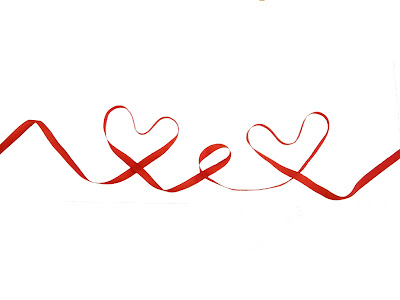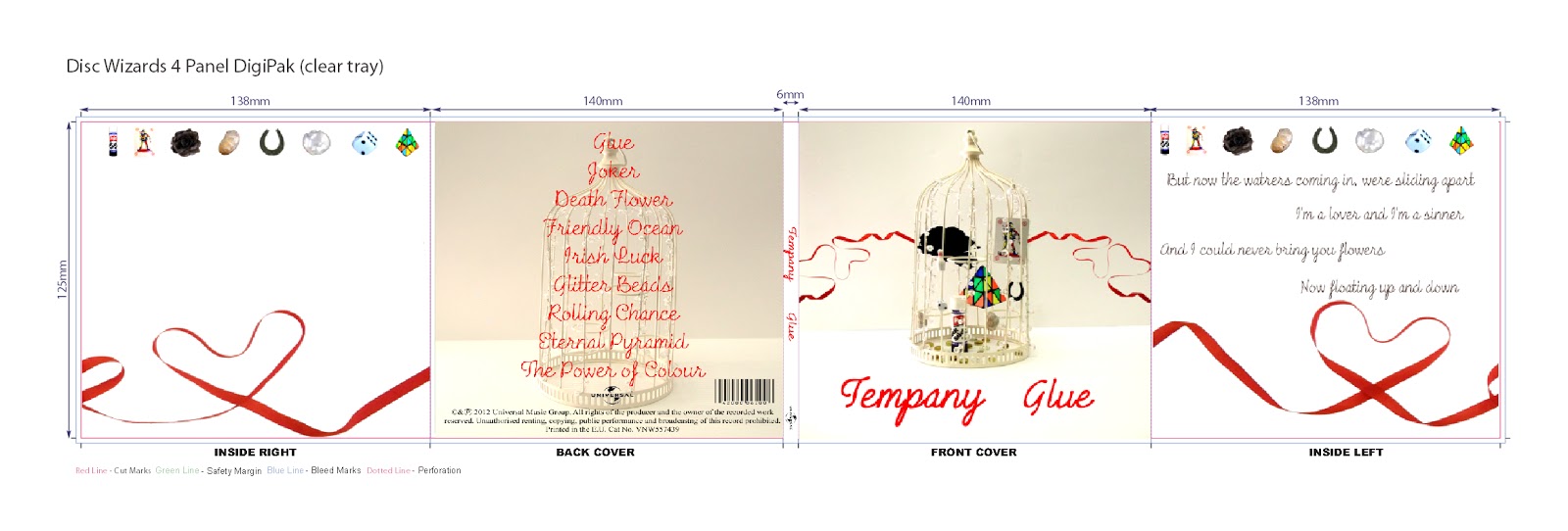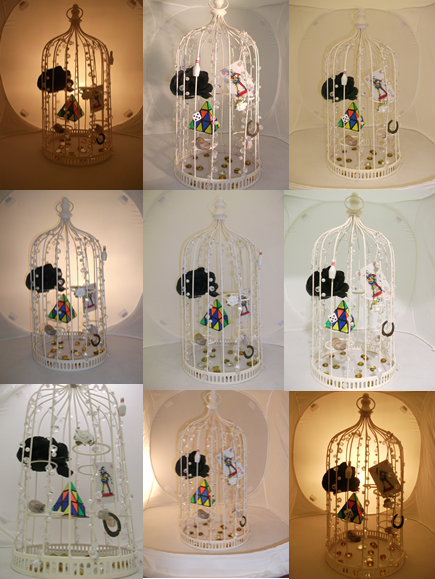Final Music Video.
This is my final music video which has been uploaded to YouTube to I can receive audience feedback.
I used the social networking site of Facebook to advertise my music video to both members of my target audience and other audiences outside my target audience age range. The music video is also publicly available on Youtube for people of the world to view and leave feedback or comments.
Some feedback can be seen on YouTube while other feedback was gained through Facebook as not all of the audience had a YouTube account to comment on the video.
Most of the feedback was positive. There were positive comments about the range of camera angles used and the lighting in most of the shots. One of the main criticisms however was the lip syncing. Lip syncing is incredibly difficult to get completely in time. On the editing programme pinnacle, it appeared that the lip syncing was in time. However, once the video was exported and I viewed the video on another screen on a different programme, the lip syncing was slightly out.
My experience with lip syncing has opened my eyes to how editors must continually be changing the editing on a music video to get it absolutely precise before it is released to the general public.
Some feedback can be seen on YouTube while other feedback was gained through Facebook as not all of the audience had a YouTube account to comment on the video.
Most of the feedback was positive. There were positive comments about the range of camera angles used and the lighting in most of the shots. One of the main criticisms however was the lip syncing. Lip syncing is incredibly difficult to get completely in time. On the editing programme pinnacle, it appeared that the lip syncing was in time. However, once the video was exported and I viewed the video on another screen on a different programme, the lip syncing was slightly out.
My experience with lip syncing has opened my eyes to how editors must continually be changing the editing on a music video to get it absolutely precise before it is released to the general public.



















